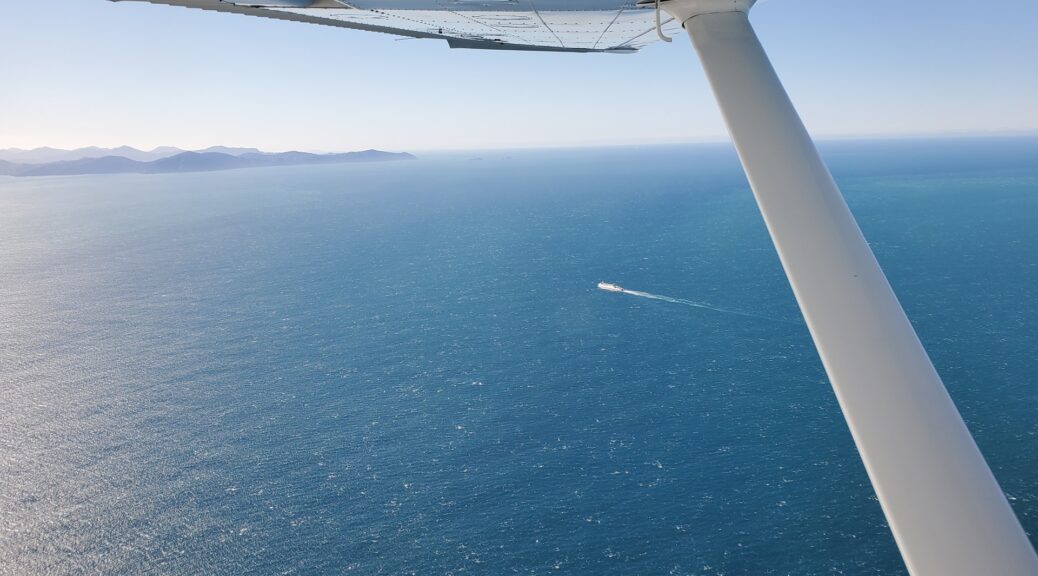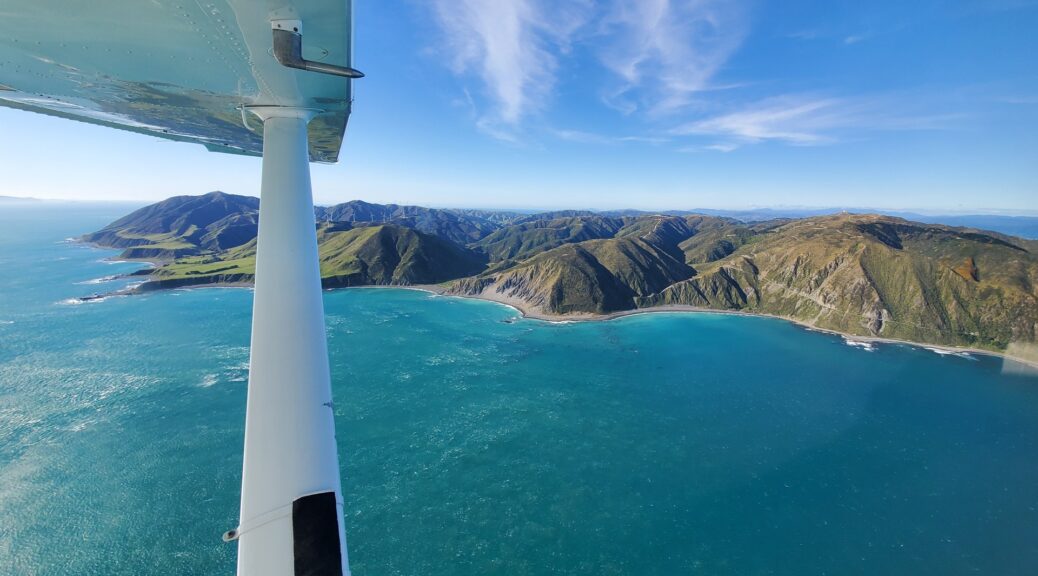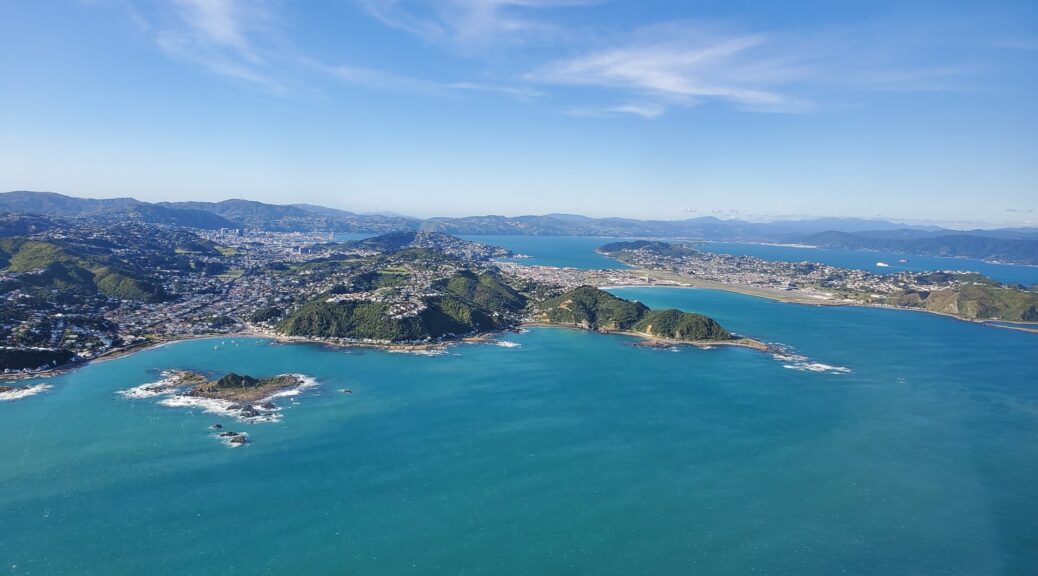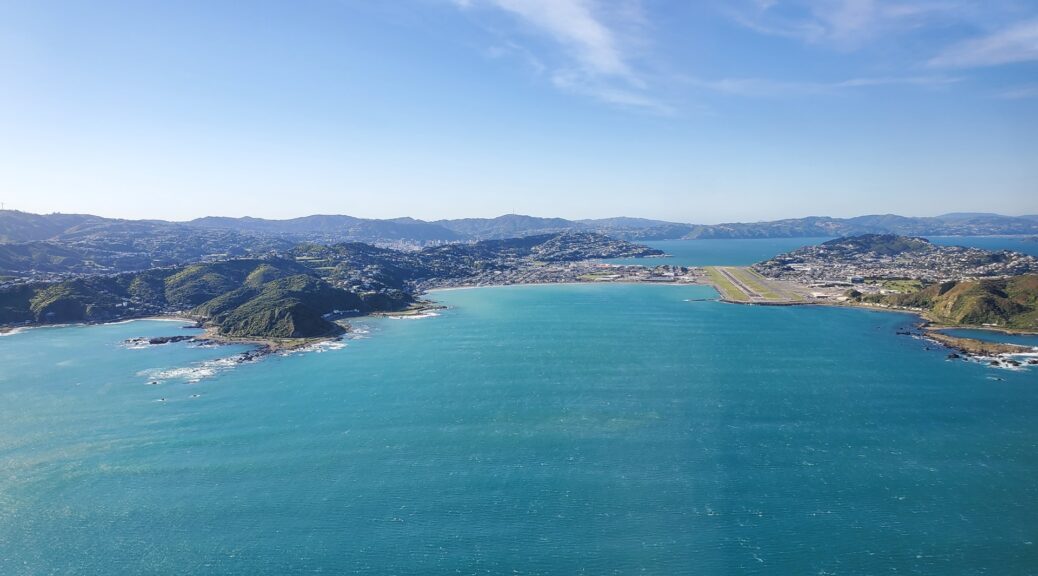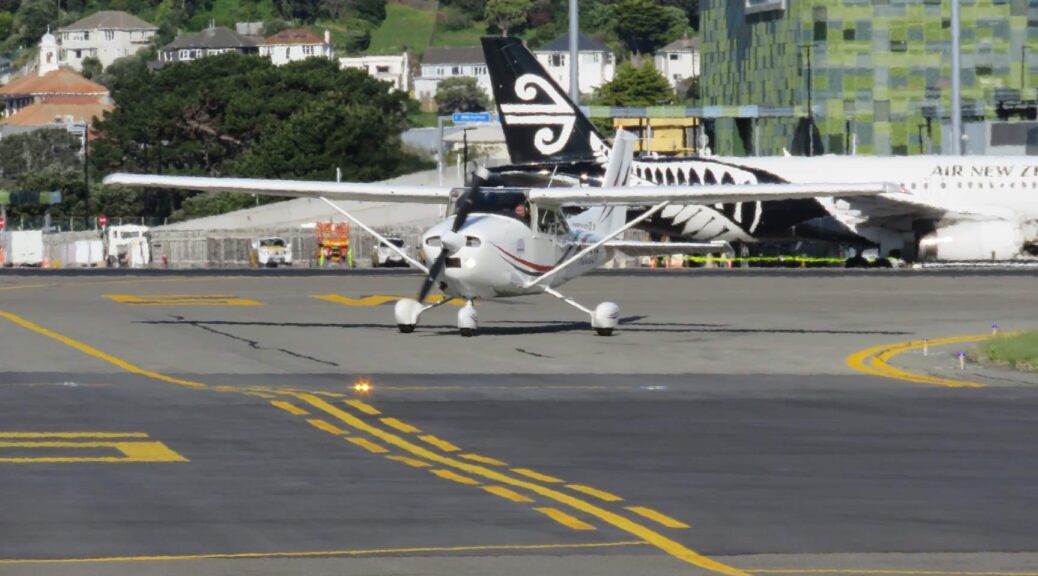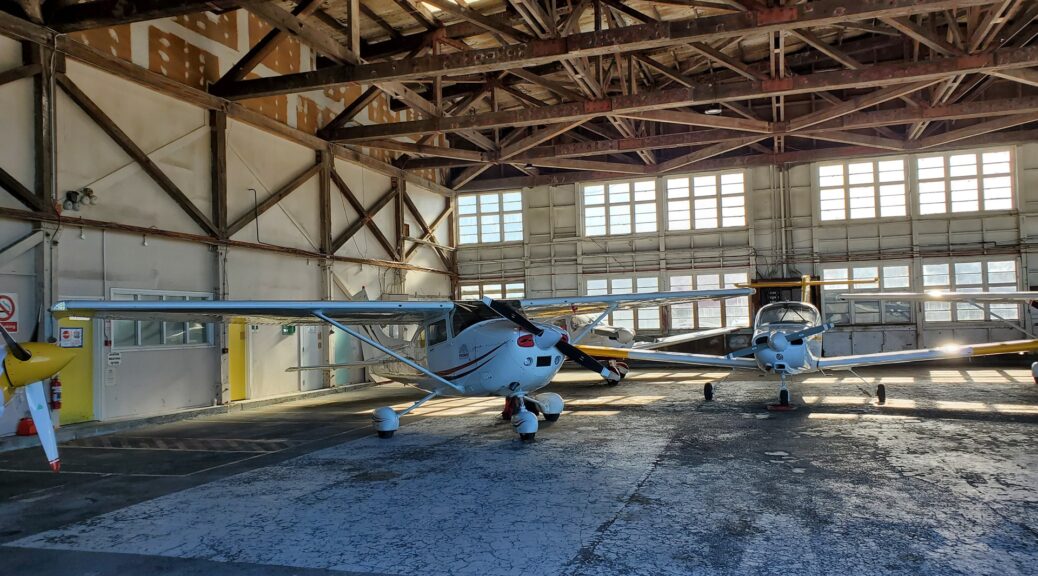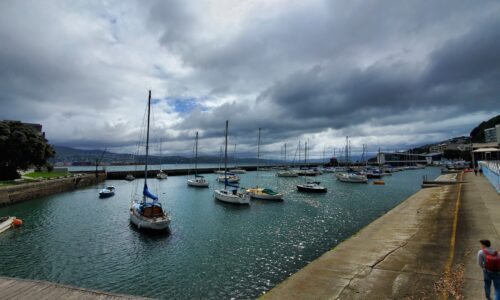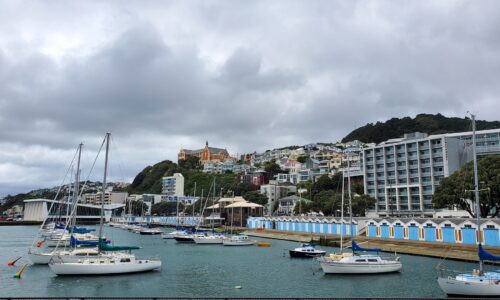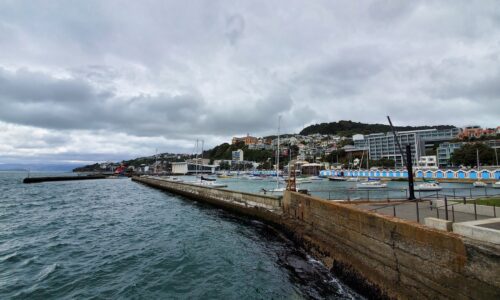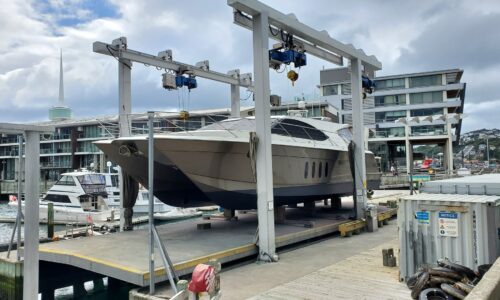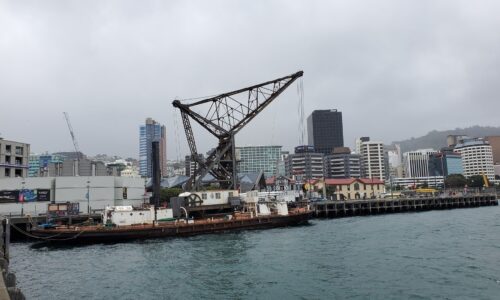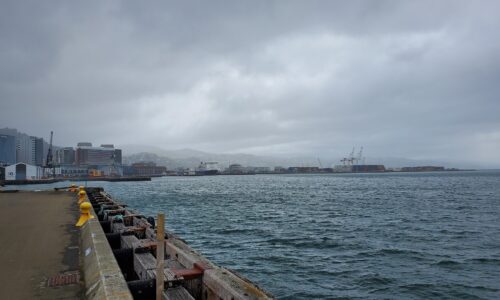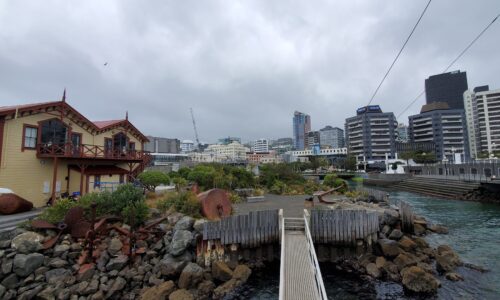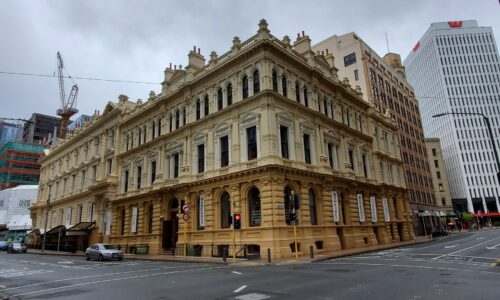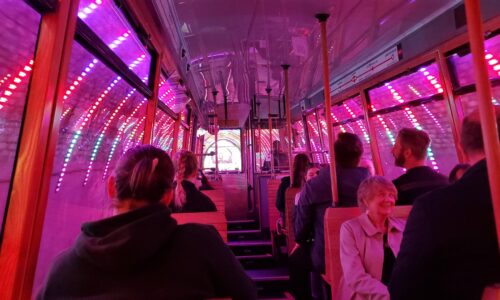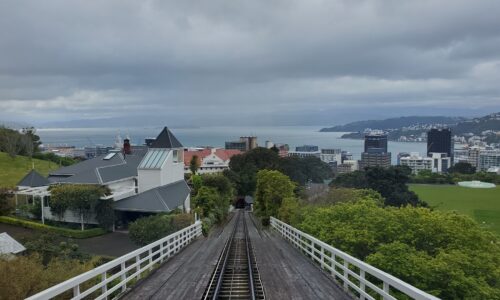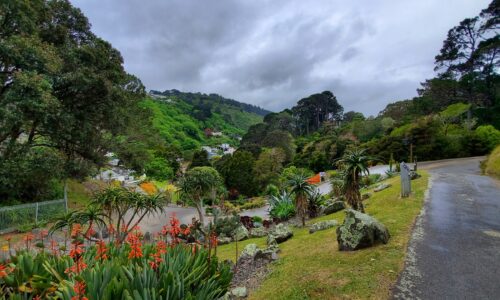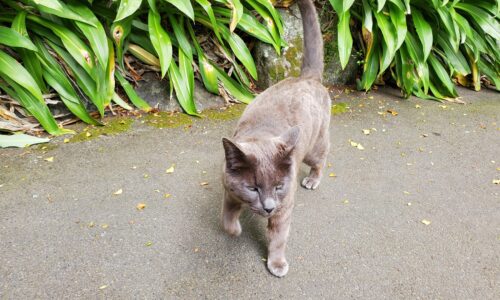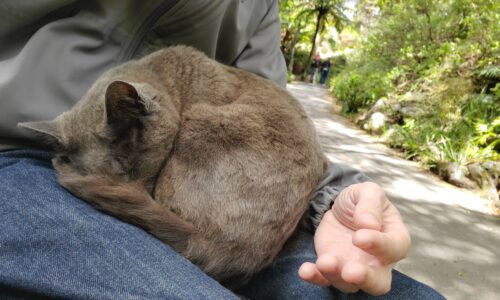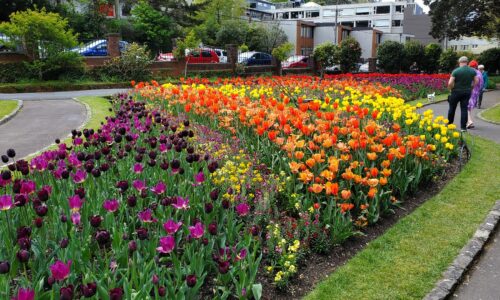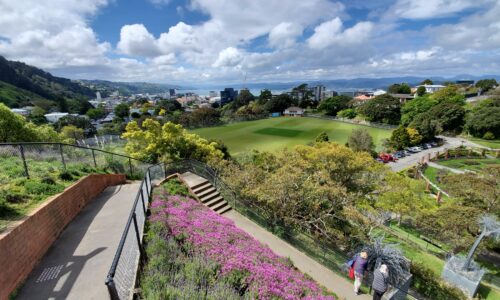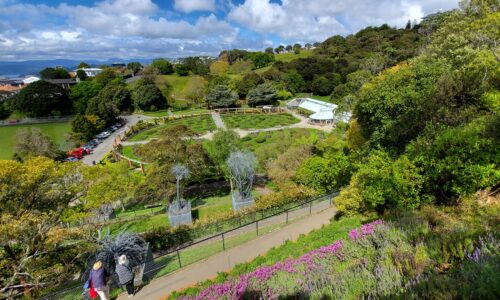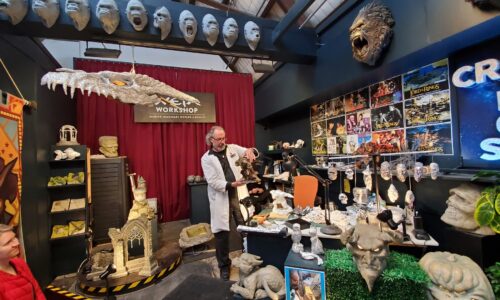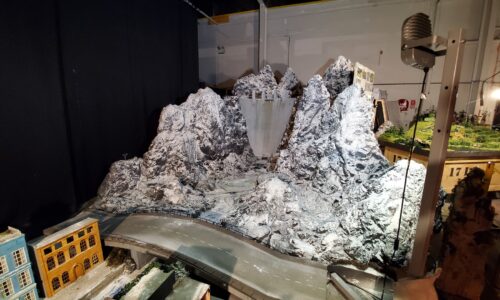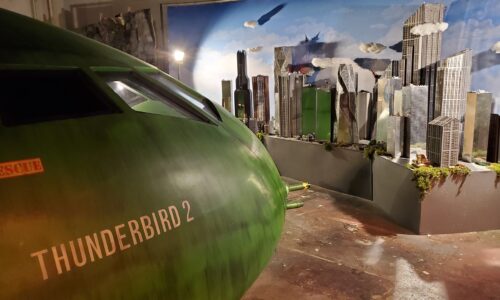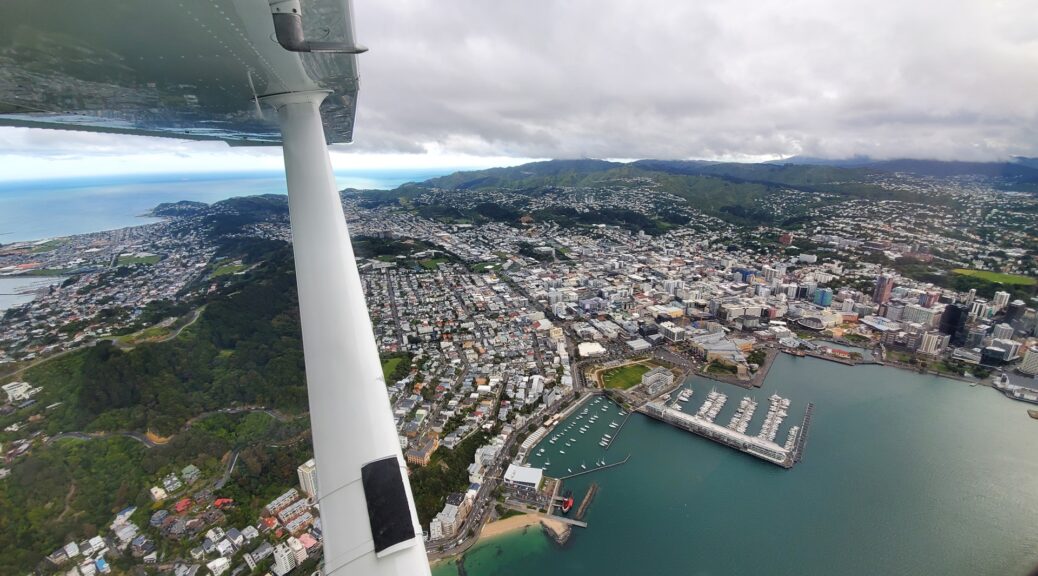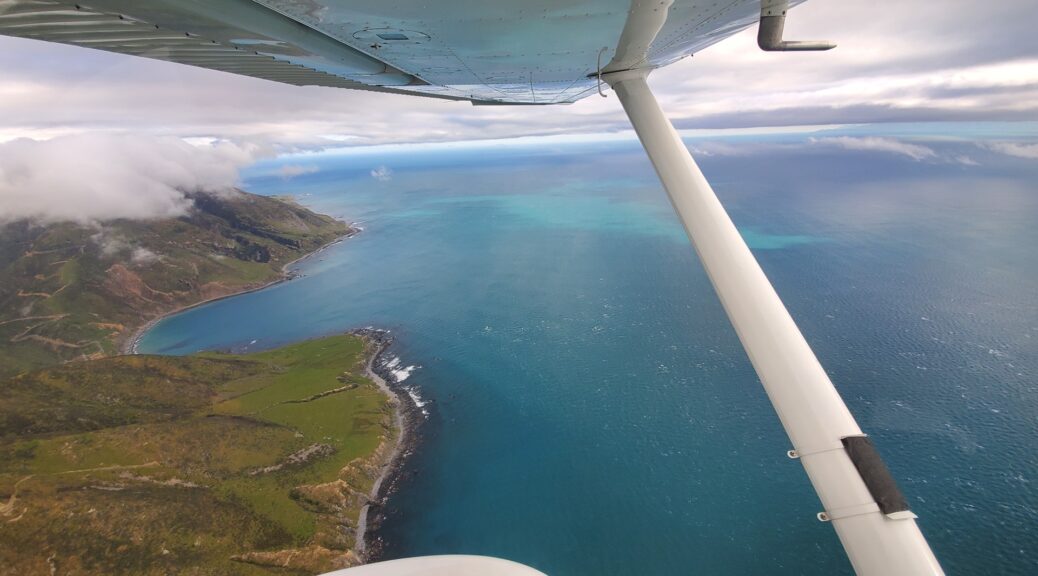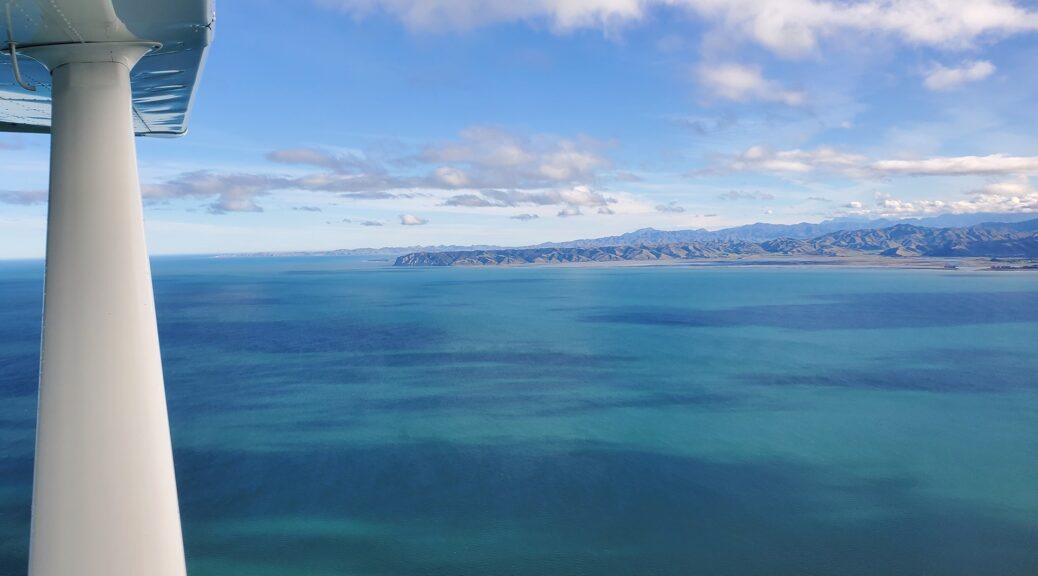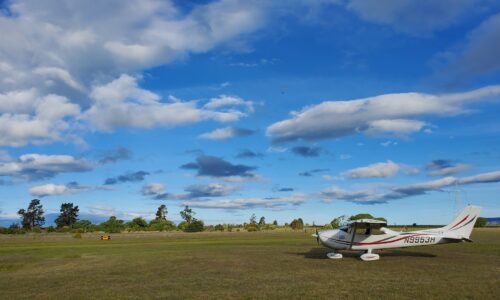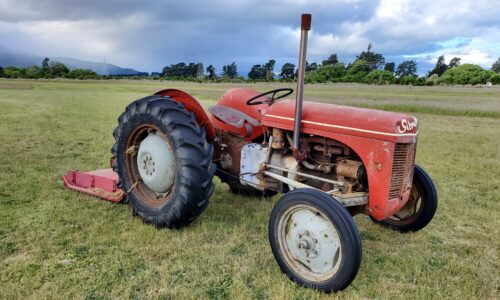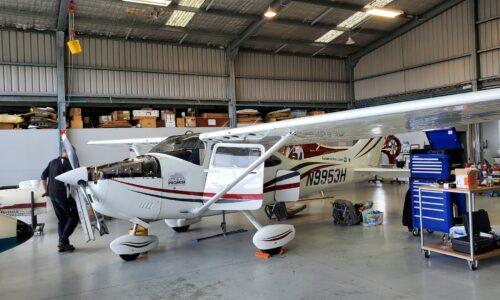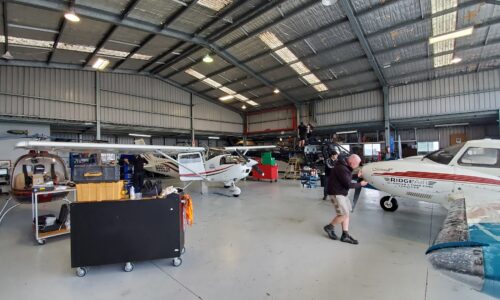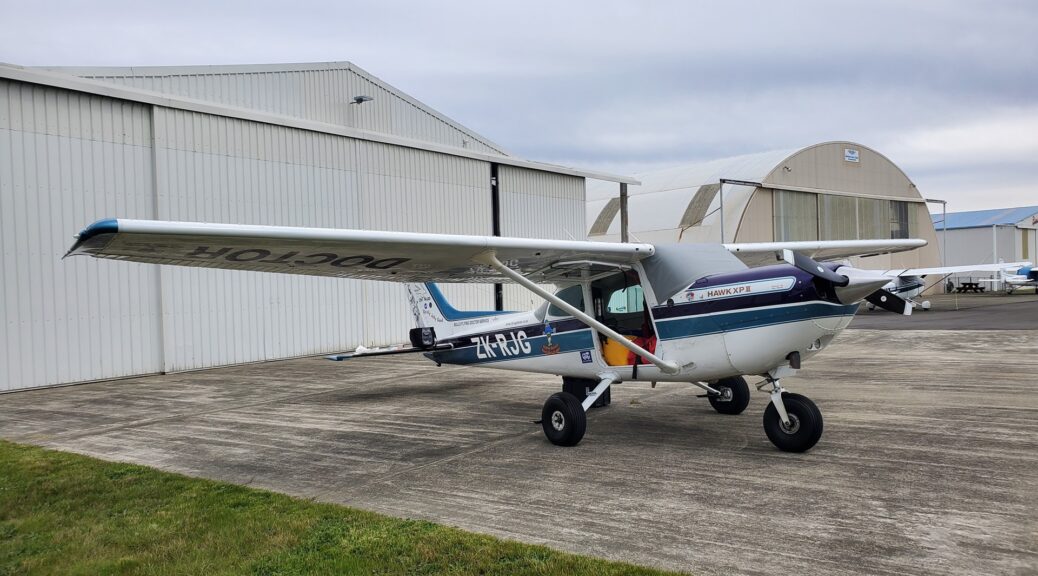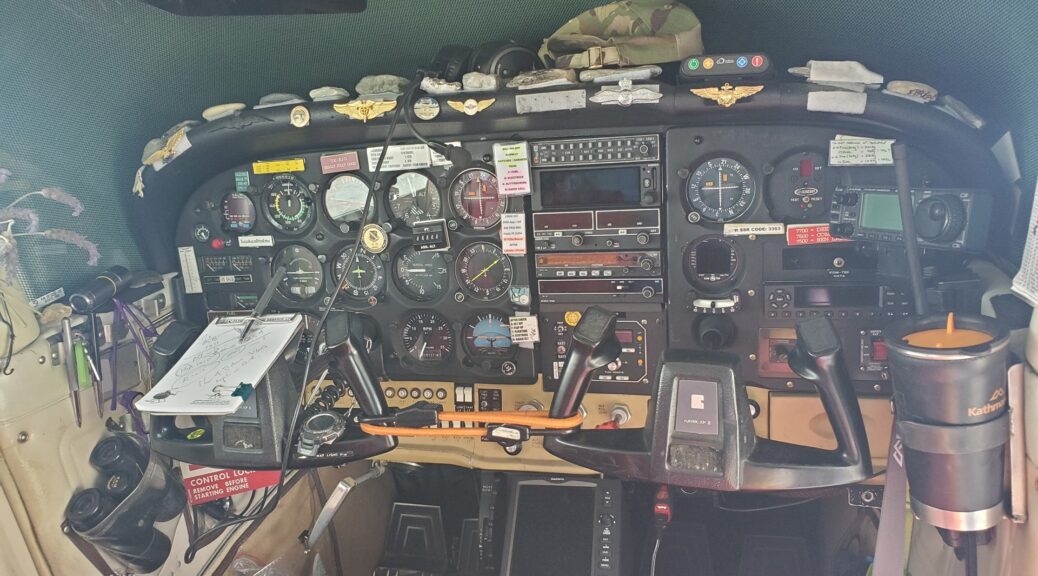Round the World – New Zealand 2, Part 7
The next morning we enjoyed a lazy breakfast with Bruce and Rae before going our separate ways. Ann back to her home in Christchurch, and me north in Planey. Before returning to Nelson I had decided to make a weekend visit to Wellington, a city that I’d never visited but had heard good things about. I had come across a hitch hiker, Milo. Originally from South America, Milo was now resident in New Zealand and working as a baker; he had taken a couple of weeks off to hitch hike around the country. I collected him as I was returning the camper van, and soon we were on our way north from Barradale.
The first flight was just a couple of minutes to Rangiora, where a friend of Bruce’s was on hand to help with refueling. This done, we took off and headed north towards Blenheim. This was Milo’s destination, and as it was an airport that I hadn’t landed at before, I was happy to stop off. The flight was a little rough, with strong winds aloft tumbling over the mountains and setting up turbulence. It was a short stop at Blenheim, shutting down for just long enough to drop Milo and point him in the right direction to exit the secure area. As soon as he was safely through the gate, I donned my life jacket, fired up and headed off to the east and the Cook Strait.
The flight took me straight east, across the Cook Strait on a direct course towards Wellington. The air traffic controller with Wellington Approach cleared me to climb a short way into their airspace, although not as high as I had hoped for given the cold waters below. I passed the Interislander ferry on its way from Wellington towards Picton, and soon thereafter was directed to turn slightly south, lining up for a landing to the north.

The weather was windy, as expected for “Windy Wellington”, but it was lined up almost directly down the runway. Apart from a little turbulence on final approach landing was uneventful, and the tower directed me to turn off to my left and taxi to the Wellington Aero Club. I had contacted the club in advance of my trip to get a briefing on flying into the airport and they had kindly offered to host me, and give Planey a space in their hangar for the weekend! I parked up outside the hangar and went in to say hello.
Aviation photographer Tim Gorman happened to be present at Wellington that day, shooting pictures of the traffic coming and going. He had caught some photographs of my arrival, and I spotted him as I exited the aircraft and gave him a wave; unfortunately, I didn’t get a chance to say hello as I was quickly welcomed by a couple of club members who helped me move Planey into the hangar, and took me into the club room for a drink of water. One of the instructors was good enough to give me a lift into the center of the city, and the hostel which I’d be staying at for the next couple of days.
That evening I walked to the Wellington Night Market, on the recommendation of some friends; but it seemed to be closed, perhaps because of COVID. Instead I treated myself to a pizza and an ice cream sundae, and headed back to the hostel for a good night’s rest.
Two days in Wellington is barely enough time to scratch the surface. I set out to give it my best shot, however, despite a late start on the Saturday! My first destination was the Museum of New Zealand, “Te Papa”, just a ten minute walk from the hostel. This museum boasts free entry and several exhibits that change on a rotation. The one that I was there to see was “Gallipoli”, an exhibit that tells the story of the campaign through eight New Zealanders who served there. In partnership with the Weta Workshop (more on that later) eight giant sculptures, one of each serviceman, were created to act as center points in the exhibition. Through a combination of 3D maps, dioramas, miniatures, and artifacts, the story of the campaign is told in vivid detail.
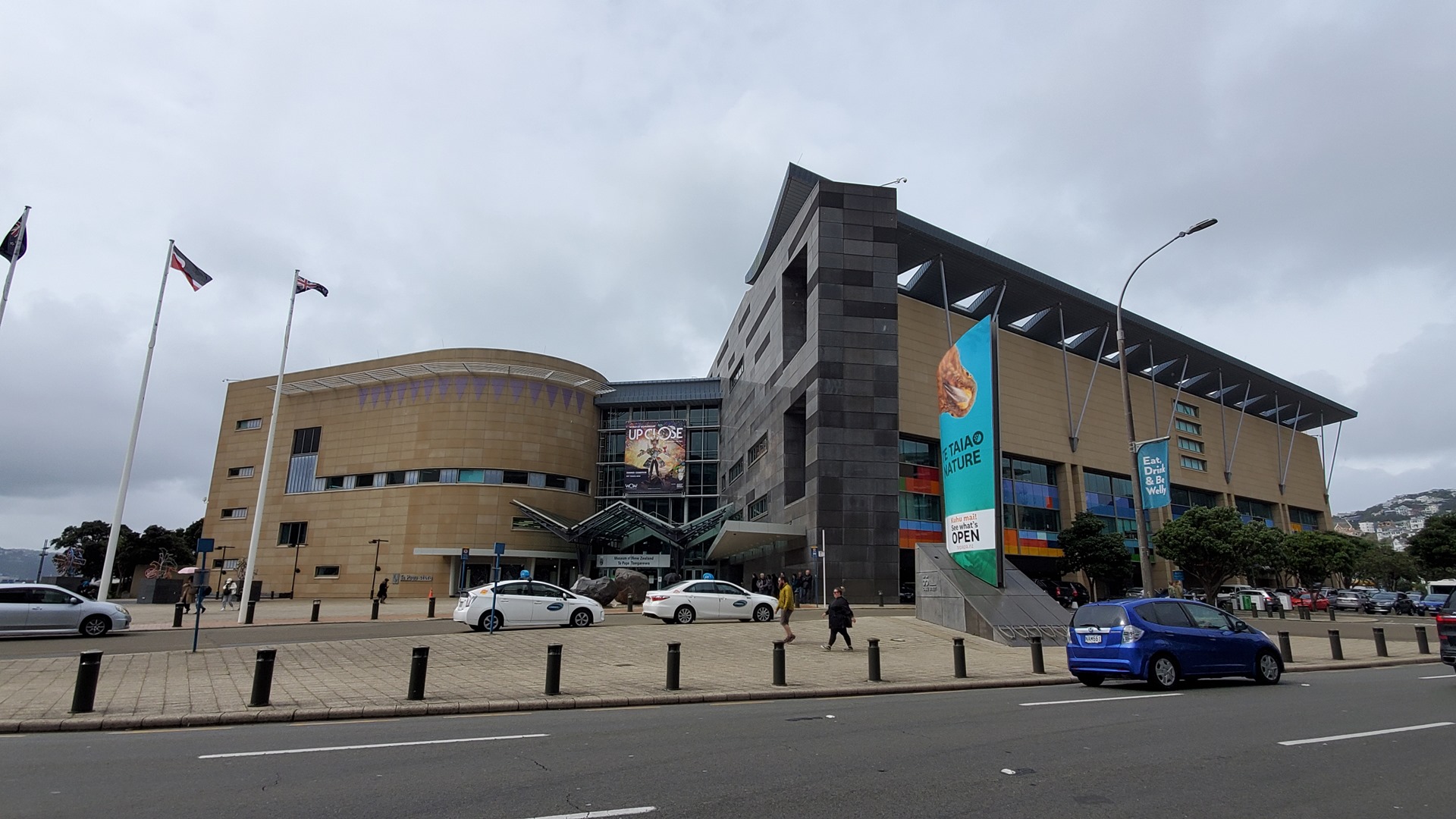
The following morning I started my day in the morning market down by the quayside. On offer were a wide variety of local and foreign foods, and products from local crafters. With a light drizzle falling, I sat under a little pedestrian overpass and ate a couple of crepes before walking along the waterfront towards the Wellington Cable Car.
The Wellington Cable Car was constructed between 1899 and 1902, and was originally designed as a quick transport method between the main city and newly planned residential areas on the hill tops; flat land was at a premium down by the water, and expansion of the city meant that going upwards was unavoidable. In 1979 the line was rebuilt to bring it up to contemporary safety standards, and it was upgraded again in 2016. The line rises a total of 400ft along its 2,000ft length, a gradient of 1 in 5, and it passes over three bridges and through three tunnels, with a few intermediate stations. After a five minute ride I reached the top, where there is a cable car museum telling a little bit about the history of the line.
The station at the top of the cable car also sits at the highpoint of the Wellington Botanical Gardens. Taking the cable car up, and then walking down, is definitely the low-effort approach to exploring them! Established in 1868, the garden features 25 hectares of protected native forest, conifers, plant collections and seasonal displays, and also a variety of non-native species, including an extensive rose garden. The light drizzle continued as I made my way slowly down the hill enjoying the views, and stopping for a while to make friends with a cat who jumped out of the bushes at me.
I would have liked to spend longer with my new feline friend, but had to move on; I had an appointment to make at the Weta Workshop. This is the tourist section of Weta Studios, a practical movie effects studio founded in 1987 (a digital effects section was founded six years later, in 1993). Weta Studios is one of the world’s foremost effects studios having worked on films such as the Lord of the Rings and Hobbit trilogies, King Kong, The Chronicles of Narnia, Mad Max, and Avatar. The Weta Workshop is set up for tours showing the various techniques used and props produced and is a must-see destination when visiting Wellington for film buffs and the casual tourist alike.
After my tour, the last one of the day before the studio closed, I took an Uber back to the airport. While flyable, the weather wasn’t ideal, and it seemed that the flying club had decided to close up for the day. A call to the airport operations department, and a ten minute wait, soon had me airside. The hangar doors were unlocked, and I then spent 20 minutes or so shifting airplanes out of the way so I could pull Planey out. Thankfully the aircraft in the way were PA38s and a C172, lighter than Planey and not too hard for me to move on my own!
Wellington Tower gave me an intersection departure, with a left turn-out over the city. It gave me a great final view of downtown and the waterfront, but within what seemed like moments I was out over the rugged bush-covered hills, and heading quickly towards the coast. My crossing back over the Cook Strait was quick and uneventful; no sign of the Interislander this time; and soon I was talking to Blenheim tower for clearance into their airspace, and a landing at the small grass airstrip of Cloudy Bay.
Cloudy Bay sits close to the shore, with tall powerlines nearby; these serve to concentrate the mind when coming in for a landing! I had called ahead and left a message for the strip manager to let him know that I’d be coming in, and as I taxied in and shut down I received a phone call back from him. He turned out to be American, and had been intrigued by the fact that I’d called him from a US phone number! We chatted for a while about the strip and his move to New Zealand before saying our goodbyes, and leaving me to poke around the strip a little. There wasn’t much there, just an abandoned aircraft, and a couple of derelict cars. A tractor sat in the parking area with a mowing deck behind it; the runway was recently mown, and in great condition.
I filed an IFR flight plan for my next leg. On the way in, the controller at Blenheim had let me know that the cloud was low over the hills between Cloudy Bay and my destination of Nelson. On departure I contacted the tower immediately, given that Cloudy Bay sat within Blenheim’s airspace, and they told me to stand by for my clearance as I headed in clear conditions towards the entrance to the pass to Havelock, following highway 6.
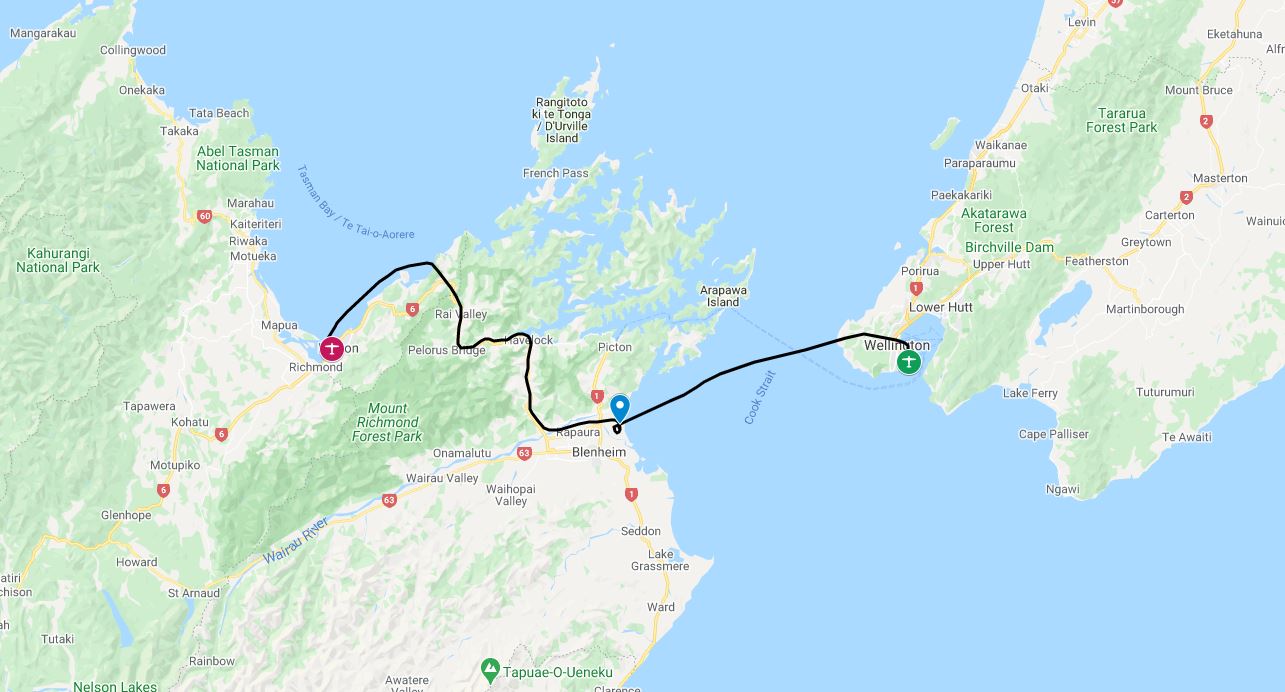
Blenheim let me know that the IFR clearance could take a while to come in, and the cloud base in the valley looked high enough for a safe transit, so I cancelled the IFR request and headed onwards VFR. The tops of the hills were poking into the ceiling, and it was once again like I was flying through a tunnel, keeping my speed relatively slow to give myself more time to react as terrain came into view ahead. Conditions remained decent almost all the way through, as far as Rai Valley, but it was now that the ground ahead and the clouds touched, and there was no clear way through. I had been somewhat expecting this however, and had a plan; switch to IFR, climb a couple of thousand feet, and fly the remaining section safely above the surrounding terrain.
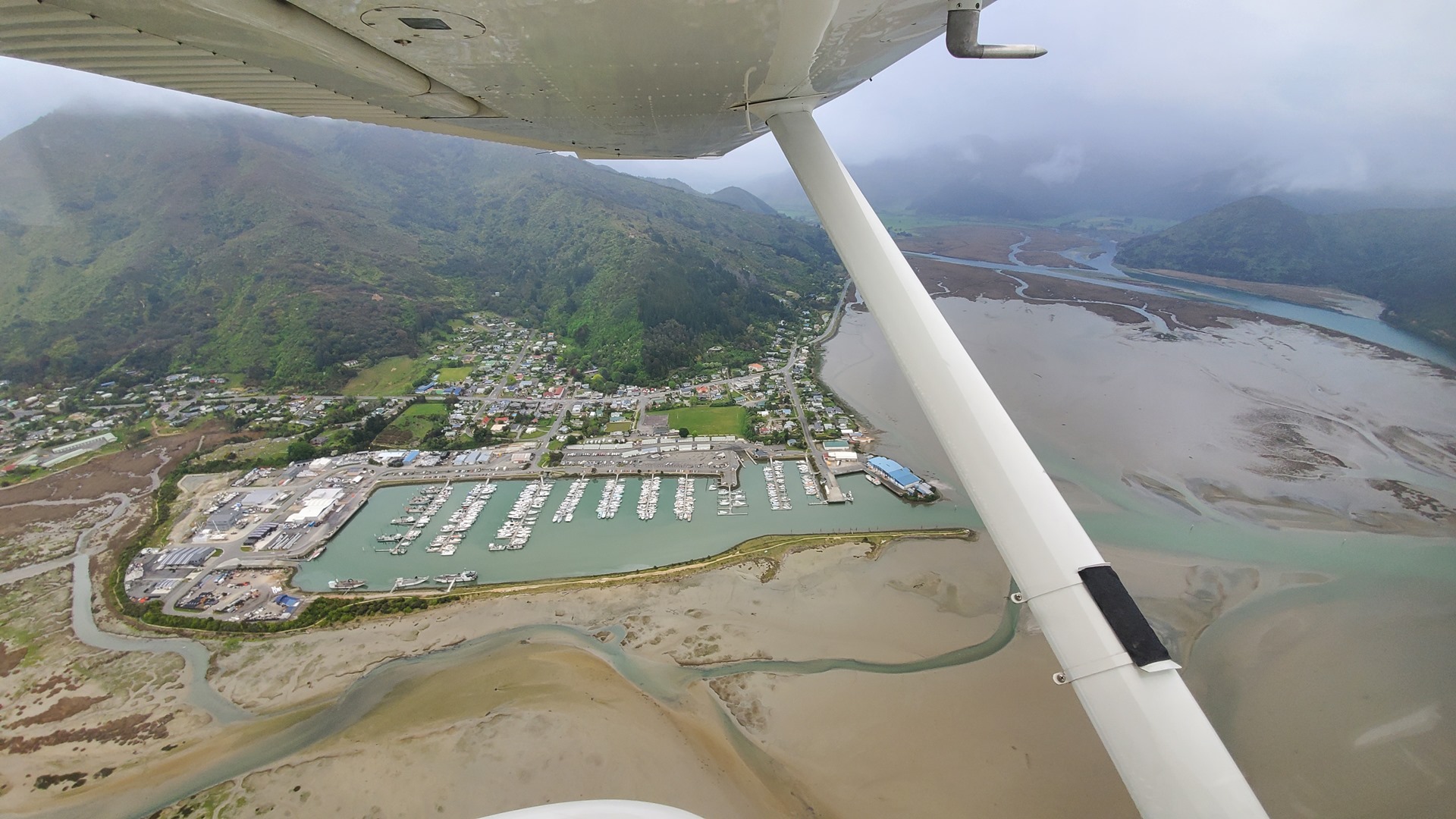
I descended again once over the water northeast of Nelson, and called tower. They assigned me a right downwind to land, and I parked back up in my now-usual spot opposite the maintenance hangar. Covers on, and it was time to head back to see Shelley and Kevin for another of Shelley’s excellent meals!
The next day I was up early, and back down at the airport. No flying today though; Planey would be going into the maintenance hangar for a little upgrade. Garmin had recently released a piece of hardware that would connect an outside air temperature probe to the G5 attitude indicator and HSI units in the panel, allowing automatic calculation of True Air Speed (TAS), and the speed and direction of the winds at Planey’s altitude. While it is possible to calculate all of this using the existing thermometer and some mental arithmetic, having them displayed on the instruments makes life much easier.
I taxied the few meters over to the maintenance hangar, and we pulled Planey inside. Matt, the owner, had agreed that I could stay while the work was done and help out, as well as carrying out a few other tasks such as an oil change. I removed the aircraft seats and took off the top cowl to get access to the engine, and got to work draining the oil, changing the filter, and servicing the spark plugs. This done, I spent a couple of hours on my back underneath the aircraft’s belly, cleaning off all the oil and muck that had accumulated over the past hundred hours or so.
A couple of other aircraft came and went during the day, including a Piper Seneca belonging to a commercial operator, flown in by the owner. The quality of his pre-flight inspections was found to be dubious, as the mechanic working on the aircraft immediately discovered a large bird’s nest in the nose section. Shortly afterwards, the owner questioned the mechanic about a feature on the underside of the wing. “That’s your fuel drain”, the mechanic replied, “the one that you should be using to check the fuel before each flight?”
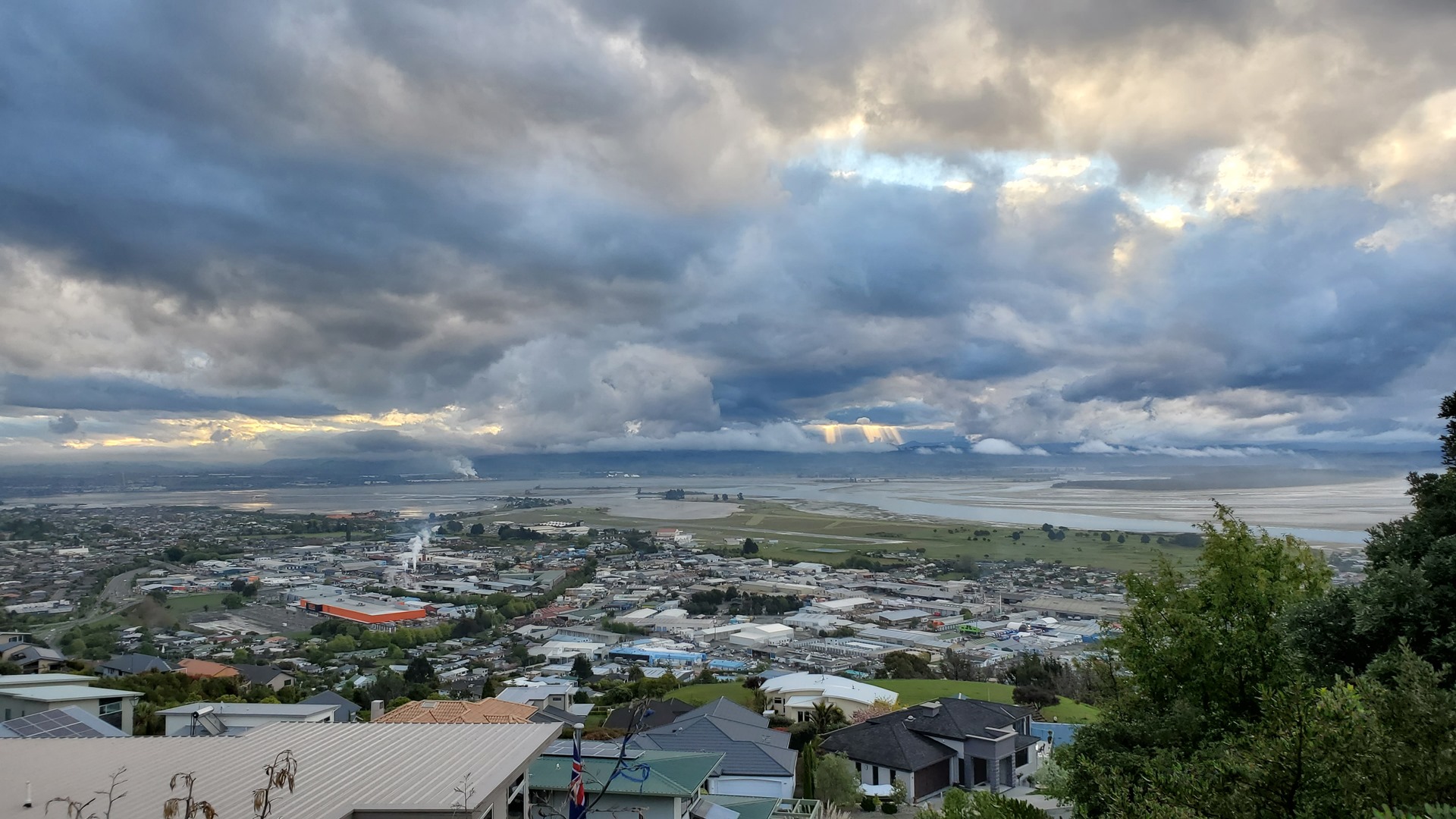
We didn’t quite get the aircraft finished off that day, so I headed back home, ready to return the following morning.
By the time I made it to the hangar the following morning, they had already finished the installation and put the aircraft back together. All that was left to do was to go for a short flight and check out the new setup. The new features were great; on the ground, the AI would now display the density altitude, and once airborne it showed the true airspeed (this varies from the directly indicated airspeed depending on altitude and temperature), and also the wind speed and direction. This would be helpful on the long ocean crossing ahead, for an easy and immediate comparison of the forecast winds with the actual conditions.
On my return I went to fuel the aircraft, with the help of Kiri from the Nelson Flying Club. As I waited for her, I noticed an interesting looking Cessna 172 parked opposite the pumps, and walked over to take a look and say hello to the two gentlemen standing next to it. It turned out to belong to one of them, Dr Dave Baldwin, a well known eccentric physician who flew around the country performing pilot’s medicals. He was in Nelson to perform a few medical examinations, and chatted to me about his practice, and some of the specifics of his aircraft.
I returned to wait at the fuel pump, and just a couple of minutes later an airport operations vehicle pulled up. I was expecting them to ask why I’d spent so much time sitting at the pumps, but it turned out that a lady in the office had sent them over to take a photograph with me for the airport newsletter!

Click here to read the next part of the story.
